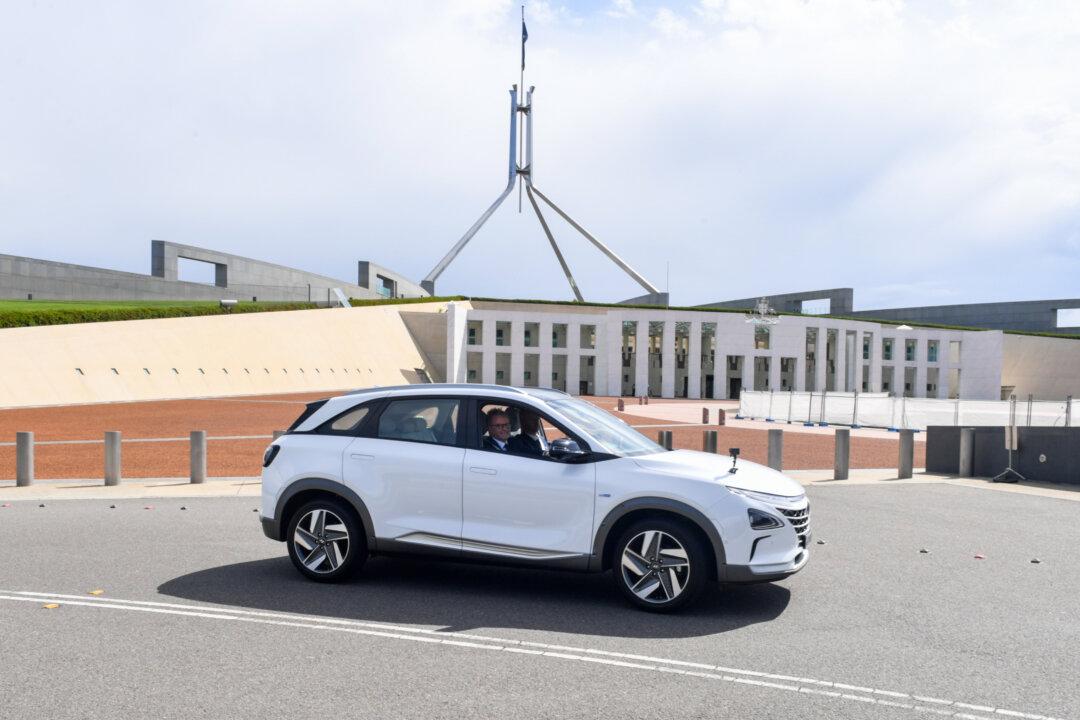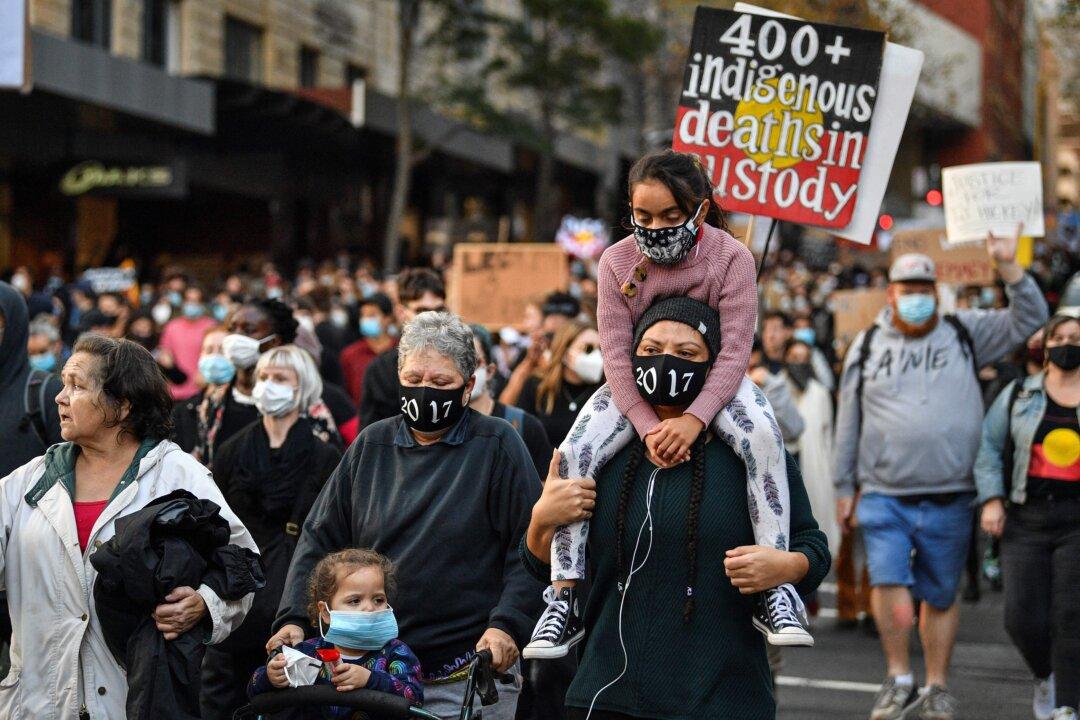One of Australia’s most popular car makers has broken ranks to support new rules on car emissions, saying the nation has only a short time “to catch up to other advanced markets” and needs to take action.
Hyundai on Feb. 16 issued a statement supporting the government’s plan, following days of criticism from other parts of the automotive industry about the proposed New Vehicle Emissions Standard.





